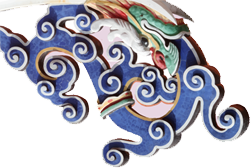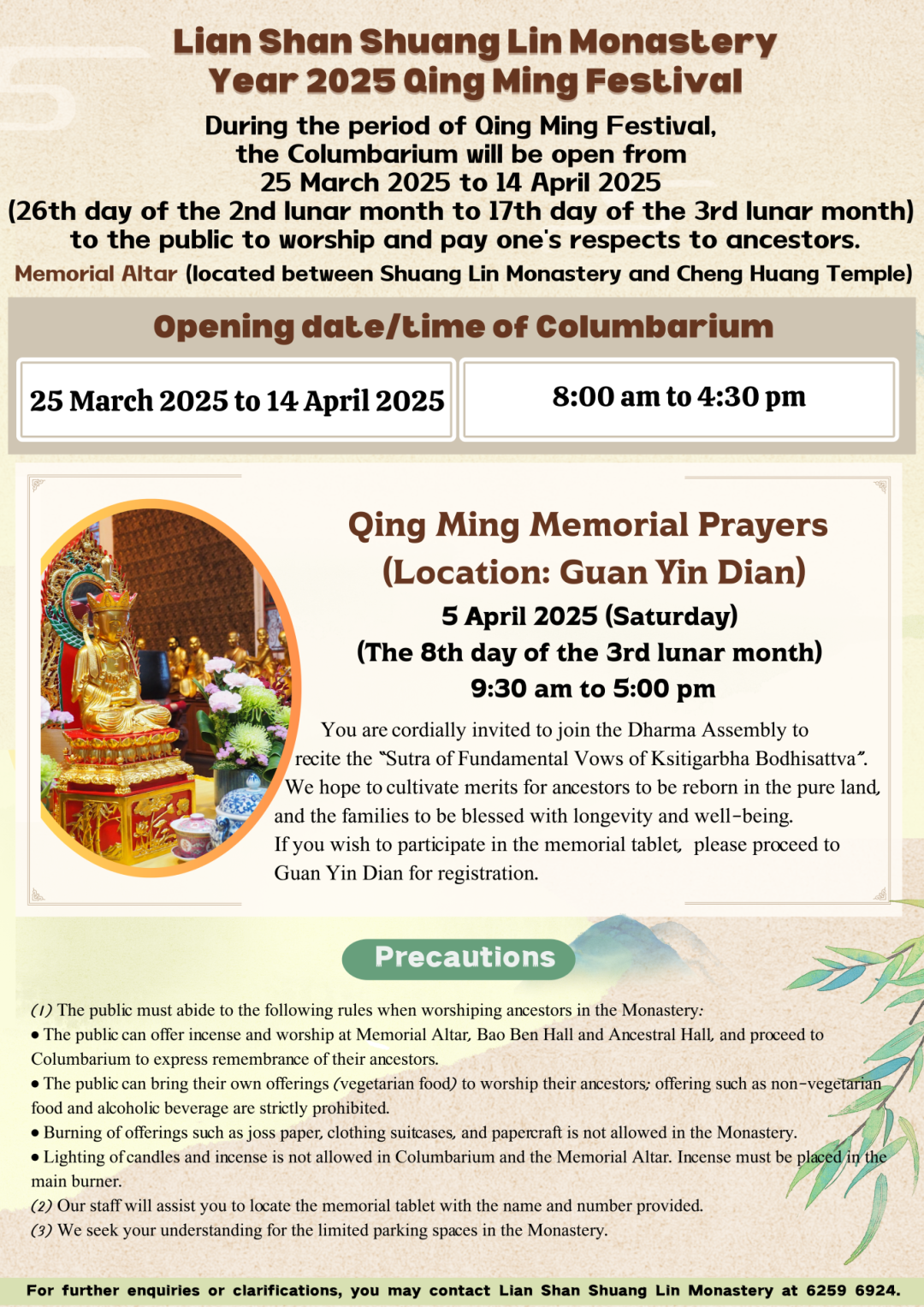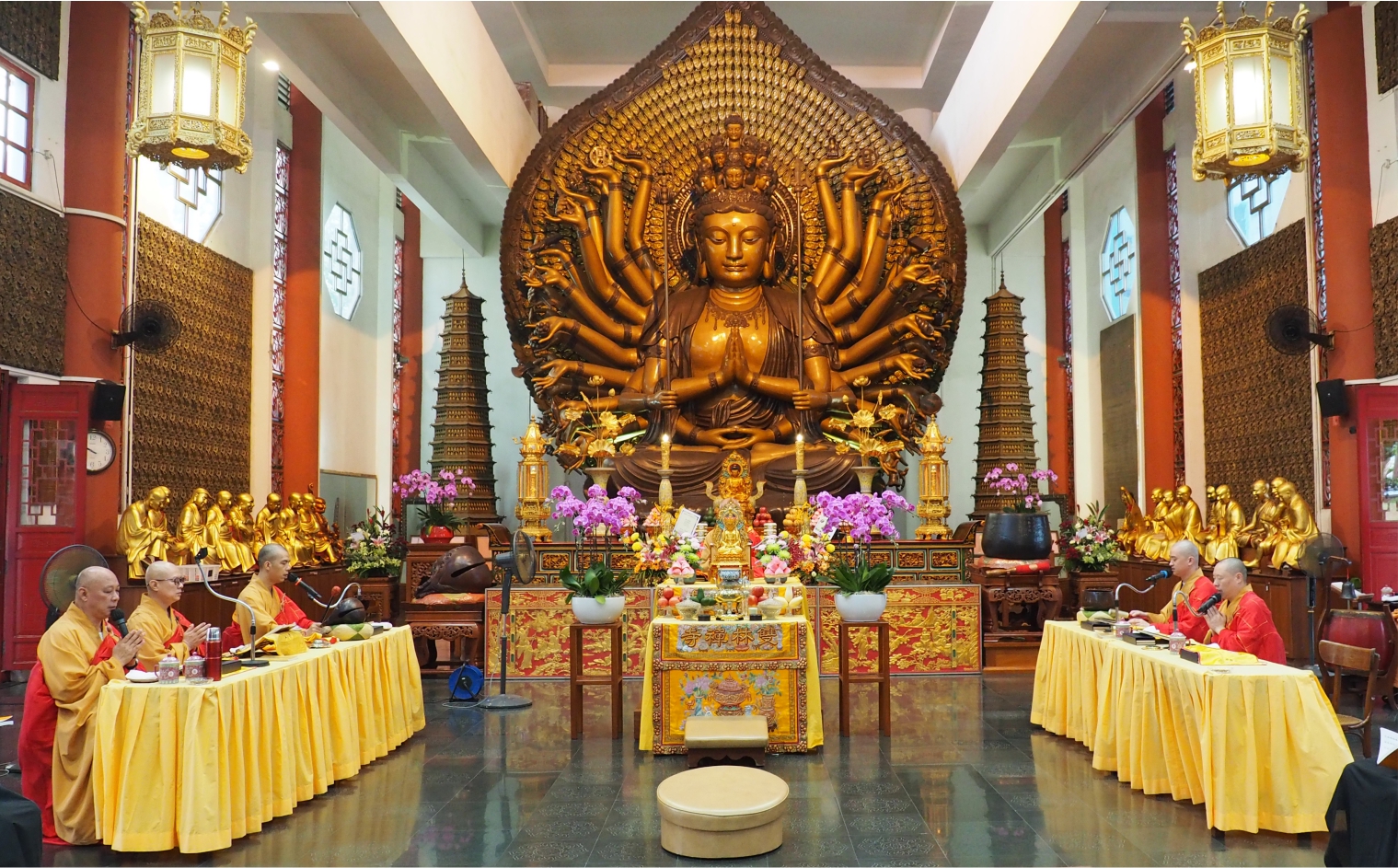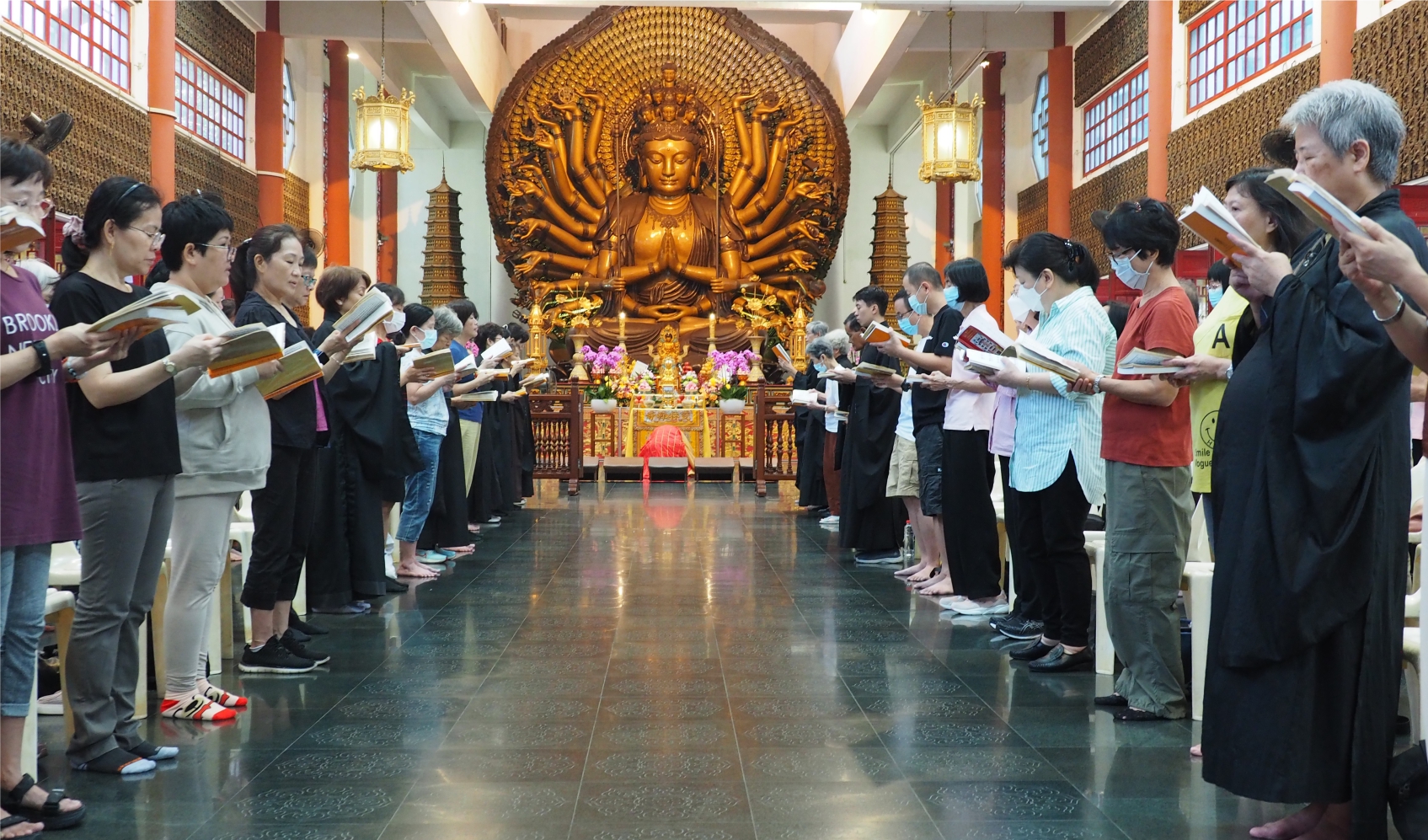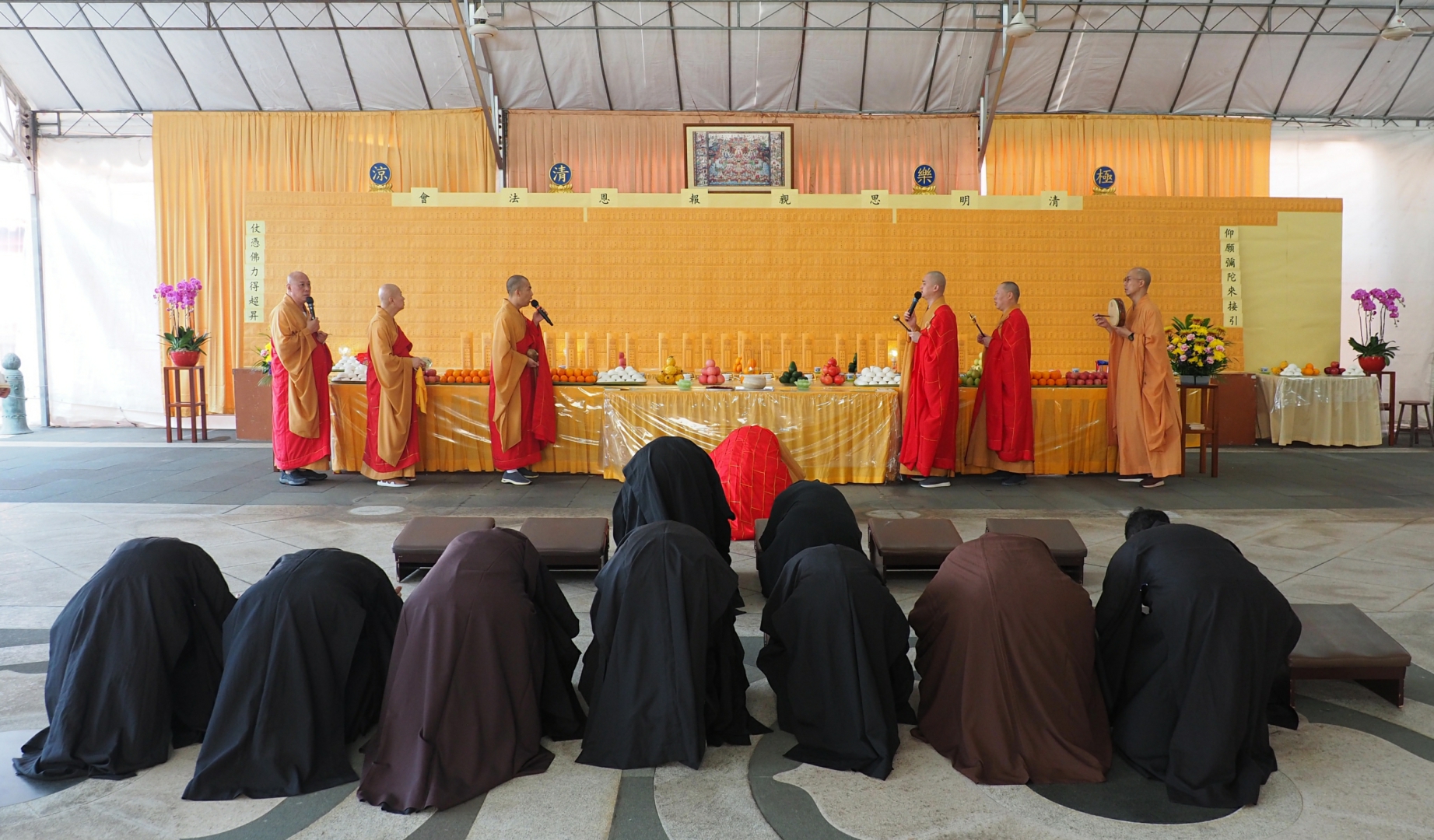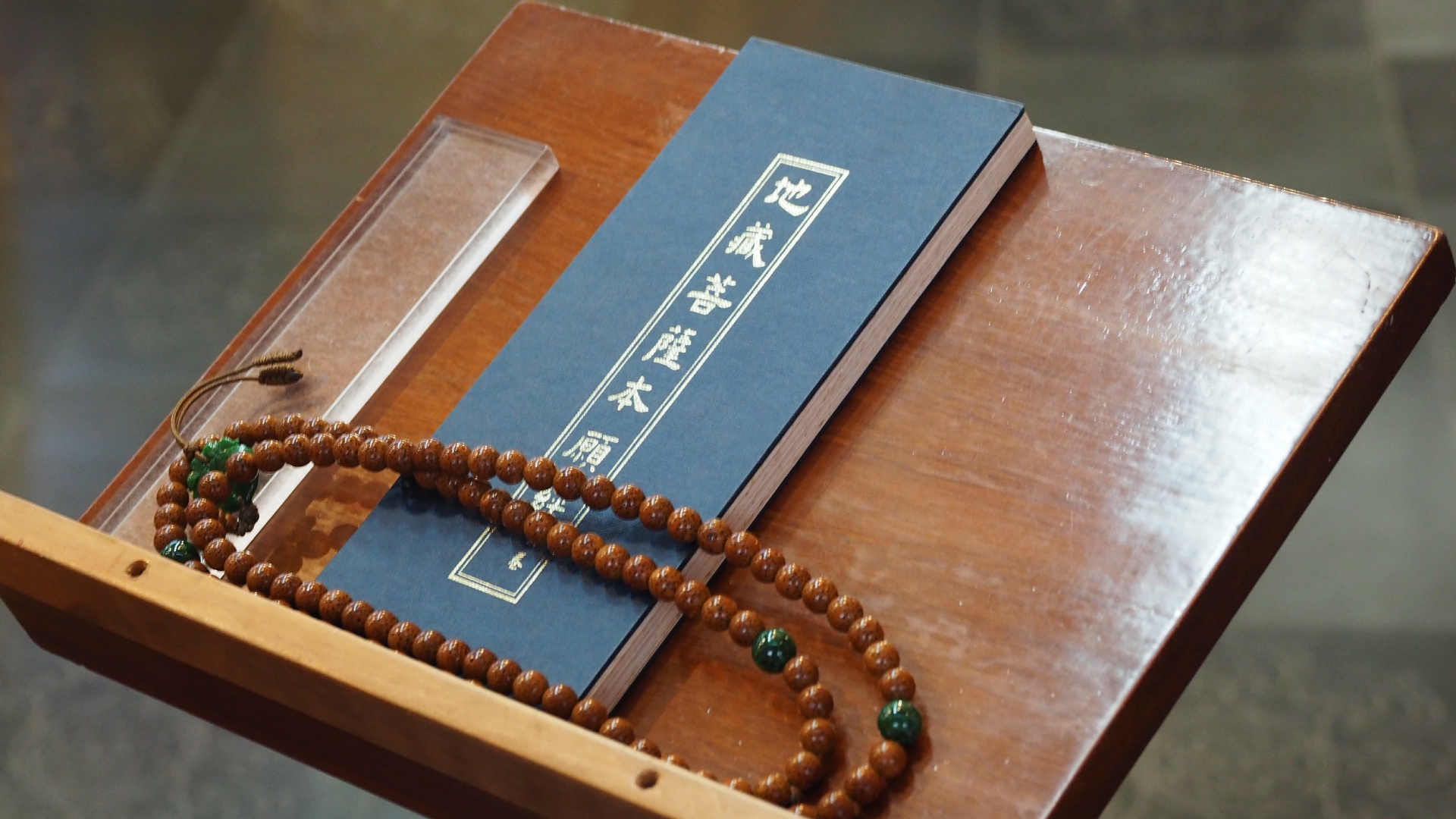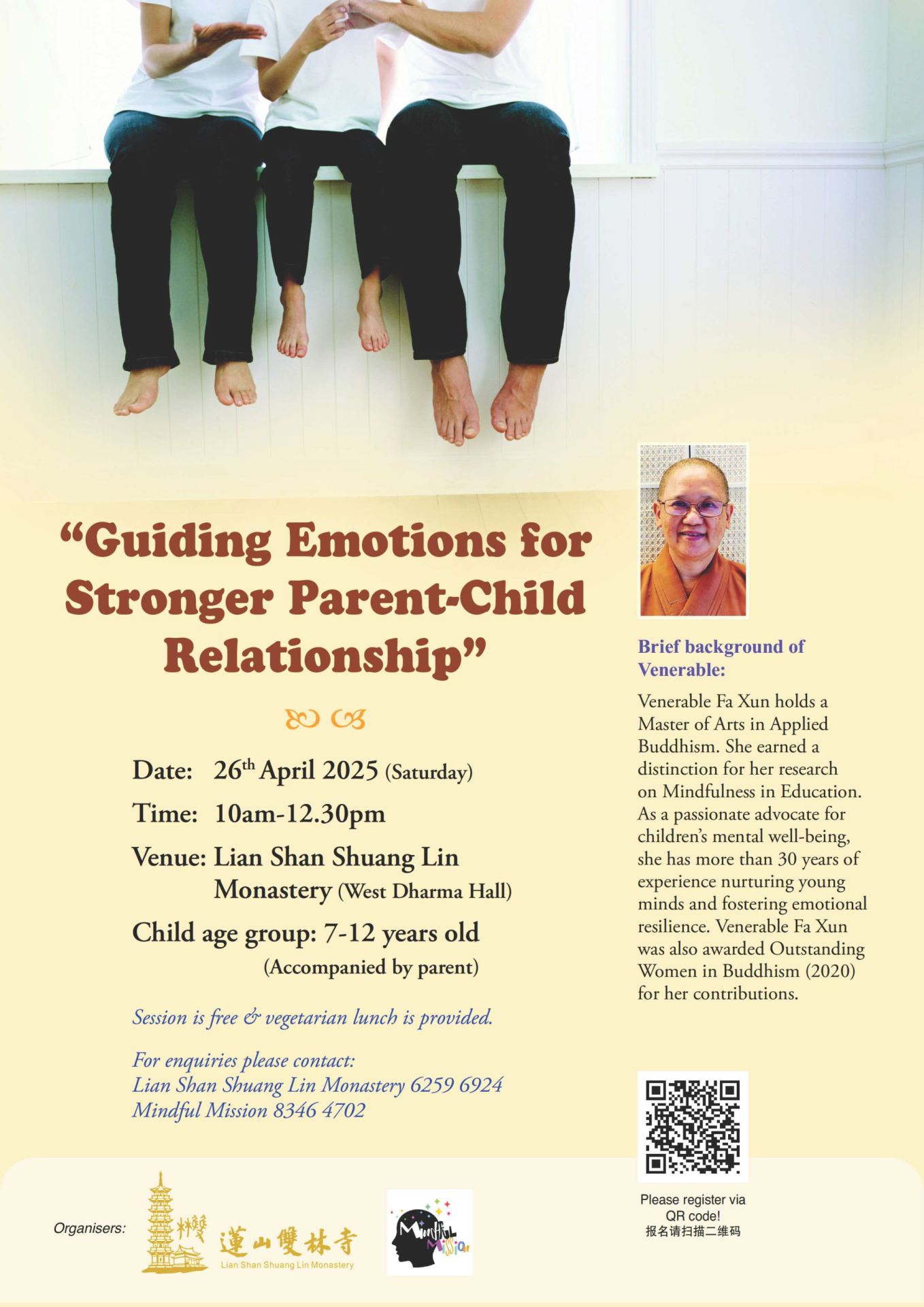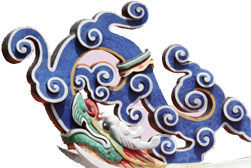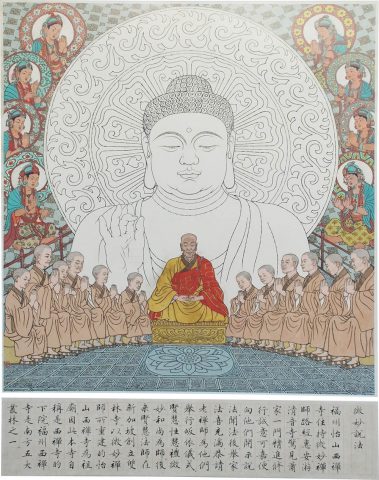
image description
One day, when Master Wei Miao, the abbot of Yi Shan Xi Chan monastery in Fuzhou was passing through Hui’an county, he visited QīngYīn monastery and shockingly saw how the Xiao family conscientiously carried out the Buddha’s practices. Moved by their genuine devotion, Master Wei Miao delivered a sermon that filled the whole family with happiness in the bliss of dharma. Out of respect for Master Wei Miao, the Xiao family held an ordination ceremony which Venerable Xian Hui and Xing Hui participated and became his disciples. Later, when Master Xian Hui established Shuang Lin Monastery, he modeled it after Yí Shān Xī Chán Monastery rebuilt by Master Wei Miao and became an affiliate of this one of the five largest Conglin monasteries in Southern China.


